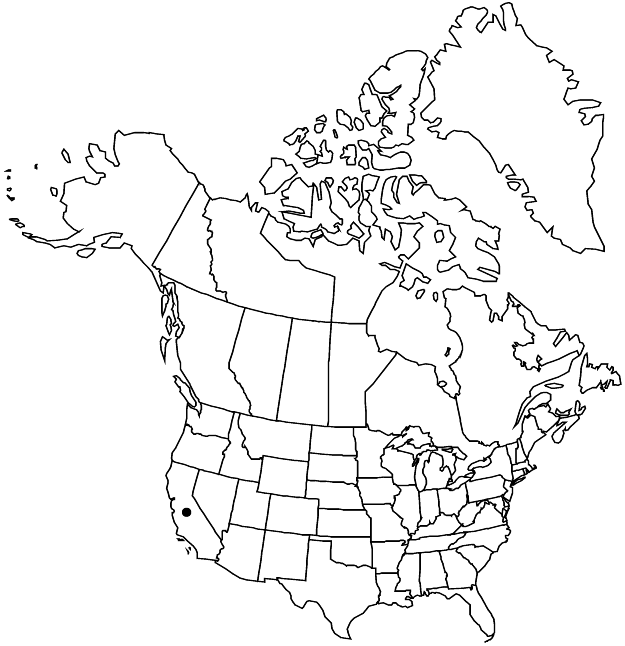Eriogonum nudum var. auriculatum
Fl. Calif. 1: 420. 1914.
Plants 5–15(–20) dm. Aerial flowering stems occasionally fistulose, 2–5(–10) dm, glabrous. Leaves sheathing; blade 3–7 × 2–4 cm, tomentose abaxially, subglabrous or glabrous adaxially, margins strongly undulate-crisped. Inflorescences cymose, 30–100(–150) × 10–80 cm; branches glabrous. Involucres (2–)3–5 per cluster, 3–4 mm, glabrous or sparsely pubescent. Flowers 2.5–3 mm; perianth white to pink, rarely yellowish, glabrous or sparsely pubescent. 2n = 80.
Phenology: Flowering May–Oct.
Habitat: Sandy to gravelly or clayey flats and slopes, mixed grassland and chaparral communities, oak and conifer woodlands
Elevation: 0-1200 m
Distribution

Calif.
Discussion
Variety auriculatum is a highly variable taxon that occurs along the coast and in the adjacent mountains (Alameda, Contra Costa, Humboldt, Lake, Marin, Monterey, Napa, San Benito, San Francisco, San Luis Obispo, San Mateo, Santa Clara, Santa Cruz, Solano, Sonoma, and western Stanislaus counties).
A related and as yet undescribed variety, known only from the Antioch sand dunes area of Contra Costa County, California, is the host for the federally endangered Lange’s metalmark butterfly (Apodemia mormo langei).
Selected References
None.